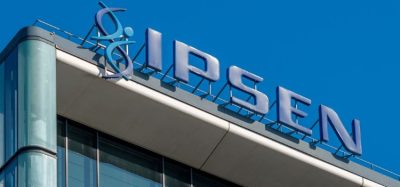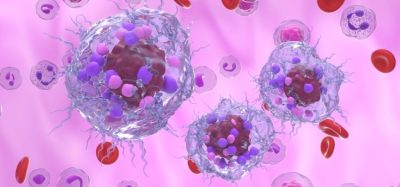The Comet Assay – A valuable tool for Cancer Research


Research into cancer diagnosis and treatment has been at the forefront of scientific discovery for most of the recent past. Many of the drugs designed to combat cancer target genomic DNA, effectively causing DNA damage within these cells which is then thought to be responsible for killing the cancer cell.
This webinar presents real-world methods and examples of how to monitor and assess DNA damage in these cells using the Comet Assay and an insight into the software used to carry out this analysis – Komet.
Keynote Speakers
Dr. George D. Jones, Deputy Head of Department of Cancer Studies, University of Leicester


For radiation and many chemotherapeutic drugs, genomic DNA is the primary cellular target for their deleterious biological effects; indeed it is the DNA damage induced which is thought responsible for killing of the cancer cells.
To better understand, judge and improve treatment efficacy, the purpose of their research is to explore mechanisms to enhance these damaging interactions and to develop methods and biomarkers for the accurate measurement of DNA damage in vitro and in vivo.
In this presentation, Dr. Jones illustrates how they use the Comet assay to assess DNA damage in vitro and in vivo.
Dr. Orla Hanrahan, Application Specialist, Andor


Dr. Hanrahan presents the key features and benefits of Komet software for the acquisition and analysis of The Comet Assay. Komet is the most highly referenced Comet Assay analysis solution in research publications and is so versatile it can score comets either during a live acquisition using the many cameras it supports or from files that have been saved and need scoring and analysis.
Supported by Andor
Andor Technology Ltd (Andor) is based in Belfast, Northern Ireland and operates at the high-value end of the global scientific digital camera market. Andor was setup in 1989 out of Queen’s University in Belfast, and now employs over 400 people in 16 offices worldwide and distributes its products to 10,000 customers in 55 countries.
Find out more: www.andor.com










please repeat discussion
Hi Salwa. The webinar was recorded and is available to watch here: https://goto.webcasts.com/starthere.jsp?ei=1088259